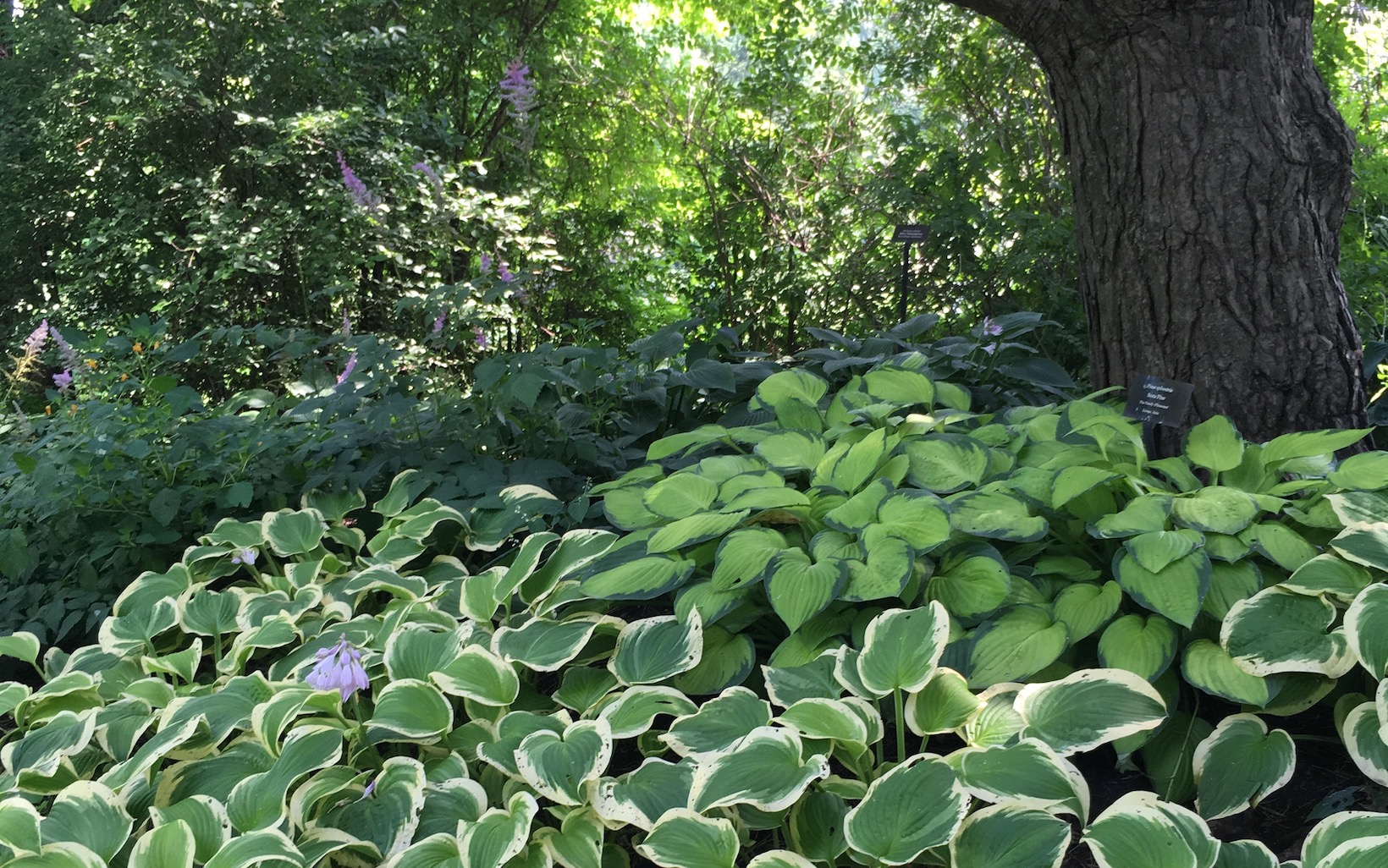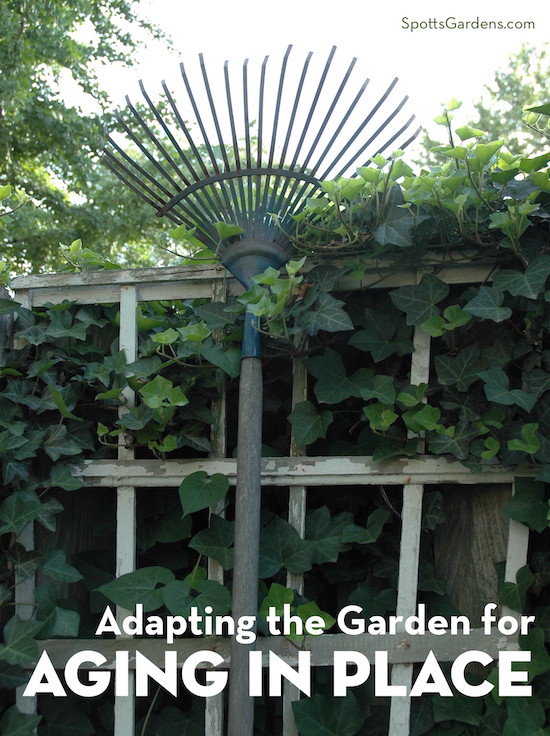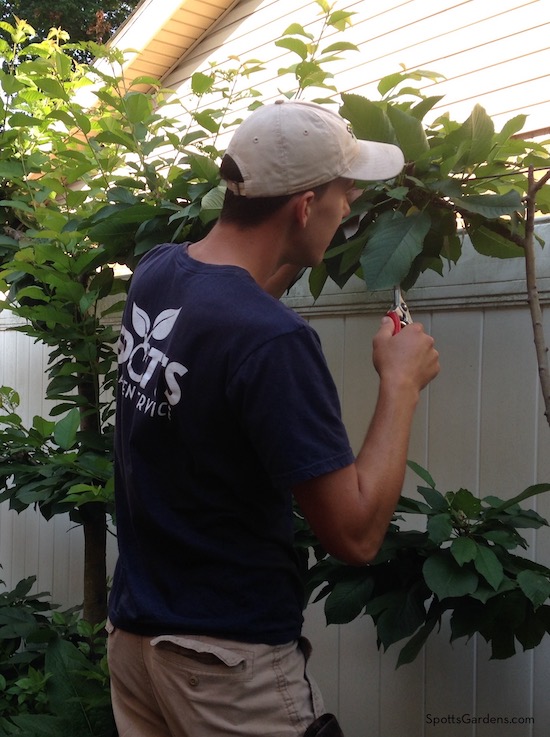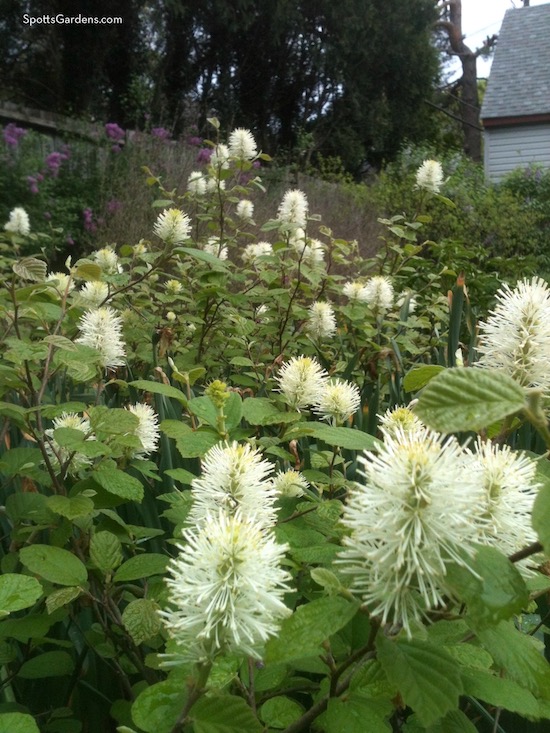If you’re planning to stay in your home for the long term, look ahead to how you might use your garden as you get older. We’ve rounded up strategies and suggestions for adapting your garden for aging in place. But these tricks can work for gardeners of all ages!
Budgeting Time and Money in the Garden
- Determine how much work you can realistically do, and how much help you can realistically pay for. Plan for a garden that takes less work than that, because your energy levels will continue to drop as you grow older. Fortunately, with these tips, your garden will also require less work as you, and it, age.
- Remember that you may need more help as you get older. Factor in that additional assistance with lawn mowing or snow shoveling as you think about future budgets.
- Embrace the concept of zones. Based on an idea from permaculture, zones help you allocate time and money based on how often you actually see them. Areas near the house and that you see every day should get the majority of your time and money. Areas farther from the house should require less care, maybe a periodic cleanup and once-a-year pruning. Don’t forget to take into account views you particularly enjoy from inside; those should also be high priorities.
- Take care of your trees. Trees increase the value of a property, moderate the effects of climate change, and manage stormwater runoff, among their other virtues. Have the health of your trees evaluated every ten years or so, then take action to keep them healthy. A judicious pruning now can save you a fortune by preventing damage later.
Hiring Help
Spotts Garden Service offers garden maintenance plans on a weekly, biweekly, and monthly basis. If you’re an active gardener, we’re happy to work alongside you. If you’d prefer that we take care of all the gardening, we can do that too!
- Even if you don’t want regular help in the garden, consider budgeting for a visit two or three times a year. A spring cleanup, a summer pruning visit, and a fall cleanup to take care of leaves can make maintenance the rest of the year a great deal easier.
- Keep a list of what you want to accomplish. We begin each session by walking through the garden to evaluate what work we’ll accomplish in that visit. Keeping a list of specific jobs you’d like us to cover will ensure we complete all your priorities.
Making the Garden Safer and More Inviting
Improving the safety and accessibility of the garden is likely to be the most expensive part of future-proofing your garden. We can help you create a long-term plan that will let you make improvements over time.
- Evaluate the paths in your garden for safety. Are they wide and sturdy enough for access even with a wheelchair or walker? Your main pathway should be level and easy to clear of snow and ice, so either closely-fitted stones or poured concrete is your best bet.
- Do you have welcoming spots to enjoy the garden? If your garden doesn’t already include an accessible and comfortable deck or patio, think about adding one.
- Add lights. Installing low-voltage lighting along paths and anywhere you have a change in level will ensure safety when you walk through the garden in the evening.
- Add handrails around any elevated areas, even if they’re low enough to not be required by code. An 18″ drop-off can do some serious damage if someone falls off it inadvertently.
- Deal with drainage issues. Standing water can leak into the basement, ice over into a slick spot, or become a mosquito breeding ground. We can usually fix these issues with plant-based solutions.
- Incorporate resting spots throughout the garden in the form of benches or chairs.
- Evaluate the garden for tripping hazards. Hoses, forgotten pots and garden decor, and other detritus increase your chances of falling. Make sure that you tidy up after gardening sessions, and that tools and hoses have a home.
Improve Plant Health and Reduce Maintenance
We use these labor-reducing strategies in many of our clients’ gardens. We can advise you on plants and strategies that will ensure your garden will require less maintenance as the years go on.
- If you have sickly plants or ones that aren’t suited to your garden, get rid of them. You want a garden that requires minimal work, and that means plantings that are appropriate to their conditions. Established plants shouldn’t need supplemental water (except in a drought), require fertilizer, or be a regular target for pests.
- Generally, the more species of perennials in your garden, the more work your garden will be. Perennials require more work than other plants, including deadheading and periodic dividing. So if your perennials seem overwhelming, aim for a simpler palette. Keep your favorites, perhaps a few stars for each season, then rehome the rest.
- Instead, replace some of your perennials with shrubs. Most shrubs require at most pruning once or twice a year. They’ll cover a lot of ground, eventually shading out weeds. Choose shrubs that offer something in the garden at least two and preferably three seasons a year (fragrance, spring bloom, great foliage color, wildlife value, winter color, etc.)
- Make liberal use of weed-smothering groundcover, including under the shrubs. Plant thickly and allow plants to grow into each other. You want plants that will grow together and smother weeds, so vining covers like vinca aren’t a good choice. Instead pick plants that thoroughly shade the ground with their leaves, or that have roots that lock together. Some of our go-tos include heuchera, geranium, hosta, pachysandra, sedge, and catmint.
- Plant to reduce the need for mulch. When you put in new shrubs and ground cover, you’ll initially need to mulch between them. But as plants grow up and into each other, they’ll start doing the work of weed control for you. Eventually, you’ll be able to forgo mulching.
Ready to Get Started?
Contact us to schedule your garden coaching. Our garden coach can evaluate your garden for improvements that will make aging in place easier.



